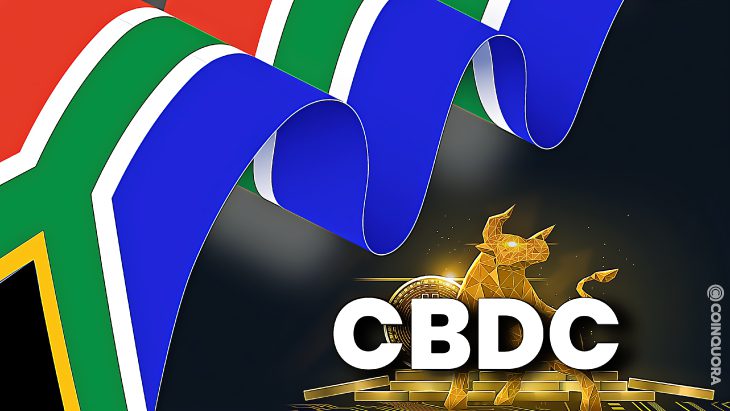- South Africa has taken a few steps closer to their goal of implementing its CBDC.
- The project experimented with DLT for interbank payments’ settlements.
- The proof-of-concept resulted in the development of two DLT platforms.
South Africa has taken a few steps closer to its goal of implementing its central bank digital currency (CBDC). This comes after the South African Reserve Bank (SARB) finished a technical proof-of-concept for the project.
The project was given the name of Project Khokha 2 (PK2), and was the second phase that followed the SARB’s Project Khokha 1(PK1) that was launched in 2018.
The project experimented with distributed ledger technology (DLT) for interbank payments settlement, successfully replicating the banks’”SAMOS” real-time gross settlement system.
The second phase of the project, PK2, was launched in February 2021. This project tested DLT with clearing, trading and settlement within the proof-of-concept environment.
This was done with industry participants Absa, FirstRand, JSE Limited, Nedbank and Standard Bank. These participants form the Intergovernmental Fintech Working Group (IFWG).
Using this technology, the SARB tested the issuance of debt instruments and enabled two payment options for settlement. The first of these options is a wholesale central bank digital currency (wCBDC). The second option is a wholesale settlement token (wToken), which is a commercial bank issued from private money.
The proof-of-concept resulted in the development of two DLT platforms. The first of which served as a decentralized trading platform and the other managed the CBDC.
The results of the project emphasized the regulatory, business and operational benefits that DLT can have on the market. The SARB also released a statement saying that this technology will be able to streamline tasks and functions that are usually carried out by separate infrastructures into one platform. This can potentially reduce costs and complexity.


